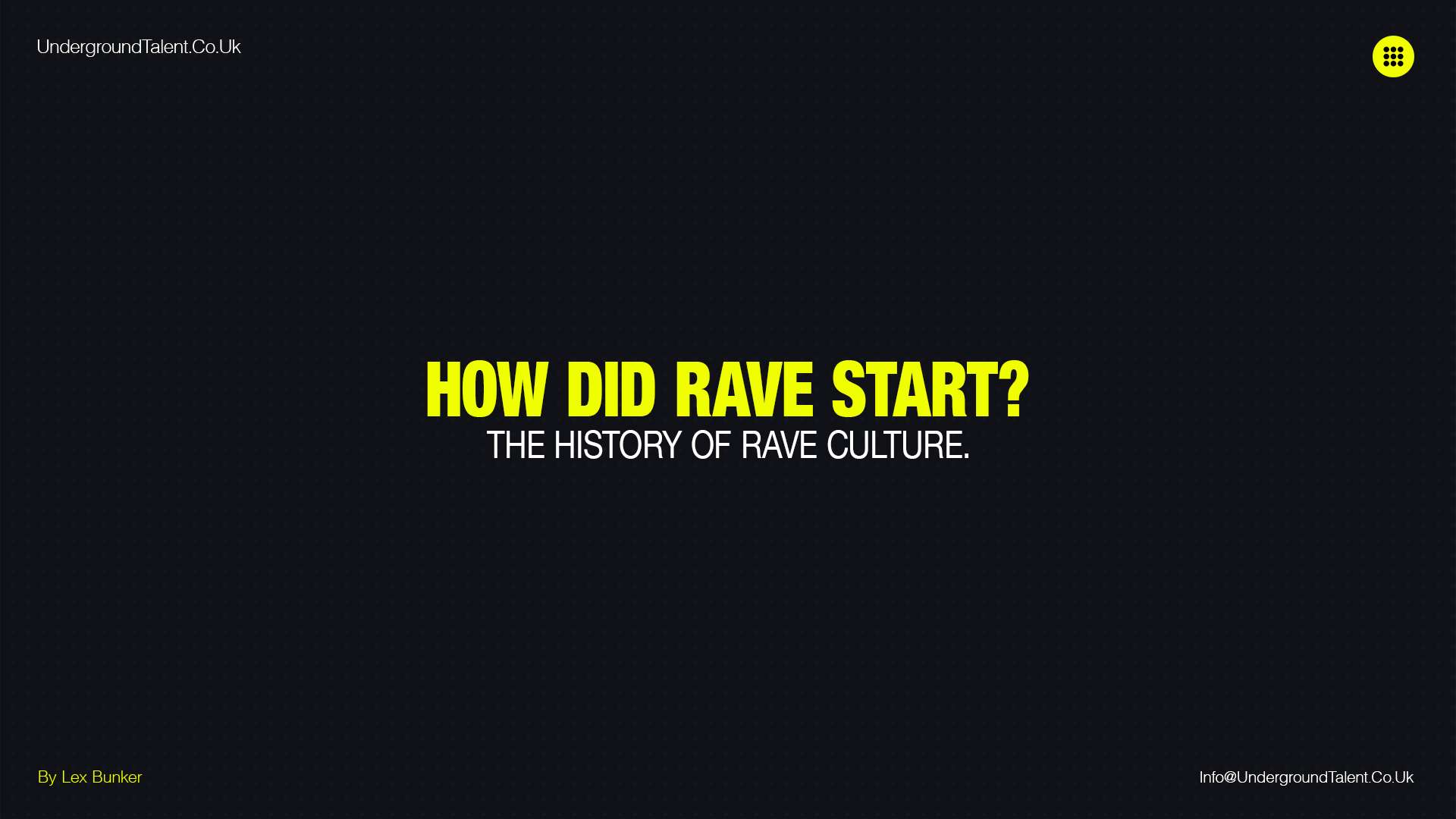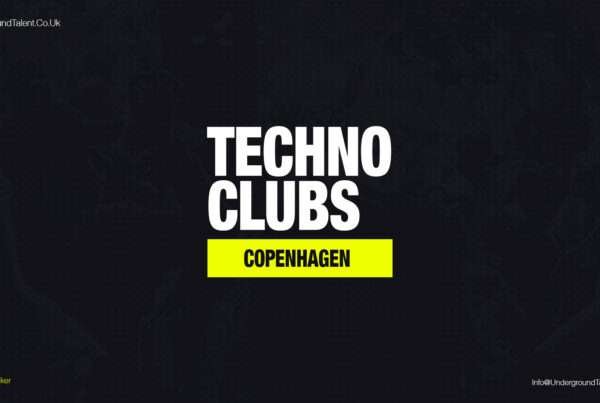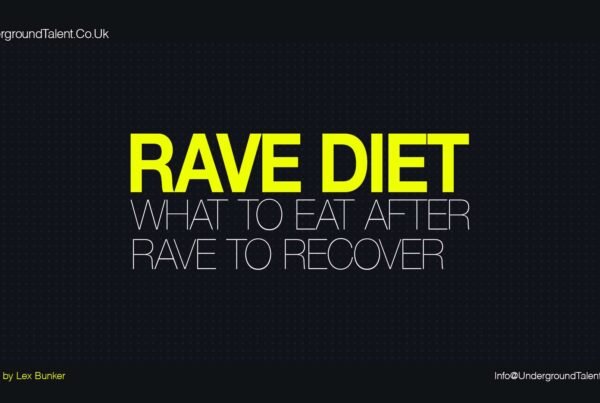How Did Rave Start?
The rave culture originated in the late 1980s in the United Kingdom, as underground warehouse parties showcasing electronic dance music and a unique, inclusive social environment. These events emphasized freedom of expression, unity, and the enjoyment of electronic music, often facilitated by DJs and enhanced with visual and light effects. As rave culture spread globally, it evolved, influencing various music genres and club scenes.
But there’s so much more beneath the surface, waiting to be explored. Are you ready to journey through the vibrant history and transformative impact of rave culture?
Let’s unravel the story together.
What Is Rave? The Definition.
A rave is a large dance party featuring DJ performances and sometimes live performers playing electronic music, particularly electronic dance music (EDM), especially Techno. The events are known for their enthusiastic crowd, colourful light shows, and visual effects. Originating in the 1980s, raves emphasise the experience of community and shared enjoyment of music in a high-energy environment.
What Does Rave Mean? Rave Culture Explained.
The word refers to the collective experience of electronic dance music in a liberated environment. “Rave” implies more than just a party; it signifies a profound cultural movement that celebrates freedom, unity, and the love of music.
Brief overview
Rave culture is a vibrant global phenomenon known for its energetic dance parties. These events feature electronic dance music (EDM) and draw large crowds. The culture is built around community, freedom, and music appreciation. A “rave” is both an event and an experience. It brings people together to enjoy dance music in a lively atmosphere.
Definition of key terms
“Rave culture” refers to the community and lifestyle that has grown around these events.
It includes music, dance, fashion, and art. This culture values inclusivity, unity, and self-expression. It began in the 1980s and has evolved over the years.
Today, it continues to thrive worldwide, adapting to new trends while maintaining its core values.
The Origins of Rave
Pre-Rave Era and Influences
Before raves became popular, the 1970s disco movement set the scene.
Clubs pulsed with new electronic music sounds. In the UK and US, a growing DJ culture began shaping a unique music scene. This era laid the foundation for what rave would become.
Birth of Rave: The 1980s
In the 1980s, house music emerged in Chicago. Its electronic beats and soulful tunes became the essence of rave.
Meanwhile, the UK experienced the Acid House movement. Its psychedelic sounds added to the mix. These moments and key figures helped create rave culture.
It was a celebration of music, unity, and freedom that went global.
The Evolution of Rave Culture
The 1990s: Expansion and Mainstreaming
The 1990s were rave’s golden era. What started underground went mainstream. The culture spread across Europe and the US. It influenced music, fashion, and pop culture. This period saw raves grow from hidden events to large-scale parties.
The 2000s to Today: Transformation and Resurgence
The scene changed from clubs to festivals. The internet and social media played a big part in its revival. It went global, showing up in new forms around the world. Today, it continues to evolve, embracing new trends and technologies.
The Impact of Rave Culture
On Music and Entertainment
Rave culture revolutionized electronic dance music.
It transformed music production and the way DJs captivate audiences. This culture introduced new sounds and techniques, making a deep impact on the music world. Its influence extends through various music genres, shaping the industry’s future.
Rave has not only changed music but also how we experience it, contributing to a more dynamic and interactive entertainment landscape.
On Society and Subcultures
Rave culture has fortified community ties and forged new identities, amidst controversies around drugs and law enforcement.
Its journey has been complex, with public opinion varying greatly. These discussions have fueled broader debates on music, freedom, and social issues.
Despite challenges, it continues to thrive, promoting unity and a sense of belonging among its diverse followers, thereby impacting society and subcultures significantly.
On Fashion and Art
Rave culture has ignited trends in fashion and art, influencing designers and artists alike.
It brings vibrant fashion and immersive art to the forefront, enhancing the rave experience. These artistic expressions are a testament to rave’s broad impact, extending beyond just music.
It celebrates creativity, allowing individuals to express themselves uniquely, and has left an indelible mark on both fashion and visual arts, enriching the cultural landscape.
What Happened to Rave Culture?
How to Get Into Rave Culture?
Conclusion
Connect With Underground Talent
Connect with us on Facebook, Soundcloud, and Instagram. Share your thoughts and feedback on this article. We’re here to educate and inform you. Please email us at info@undergroundtalent.co.uk for questions or comments. Discover the latest underground talent! Subscribe to our YouTube channel now. Stay on top of fresh and exciting new acts in the techno scene. Join our community of techno music lovers today. Click the subscribe button.
And Always Remember…
Have Fun & Be Creative!





